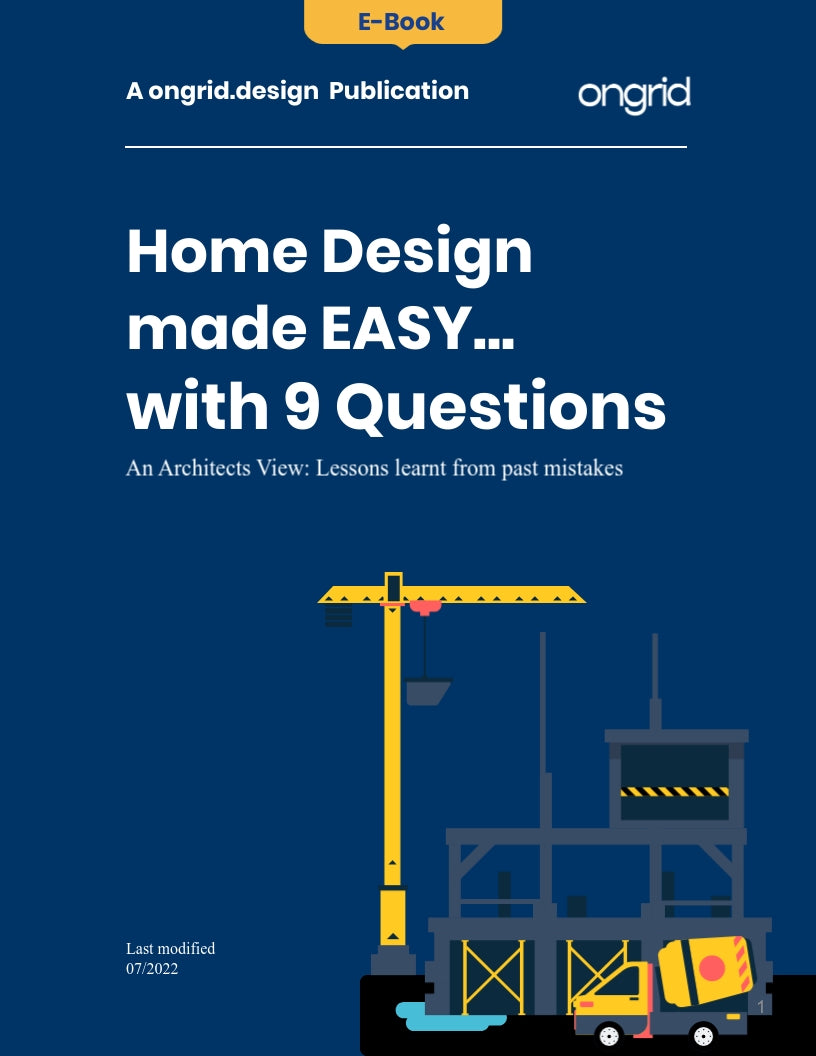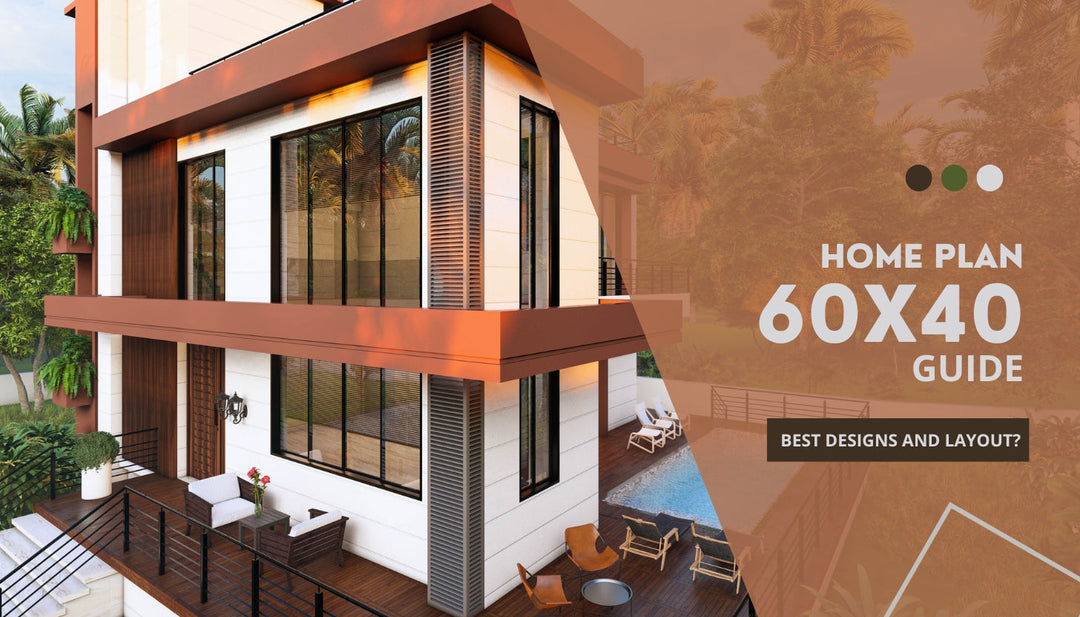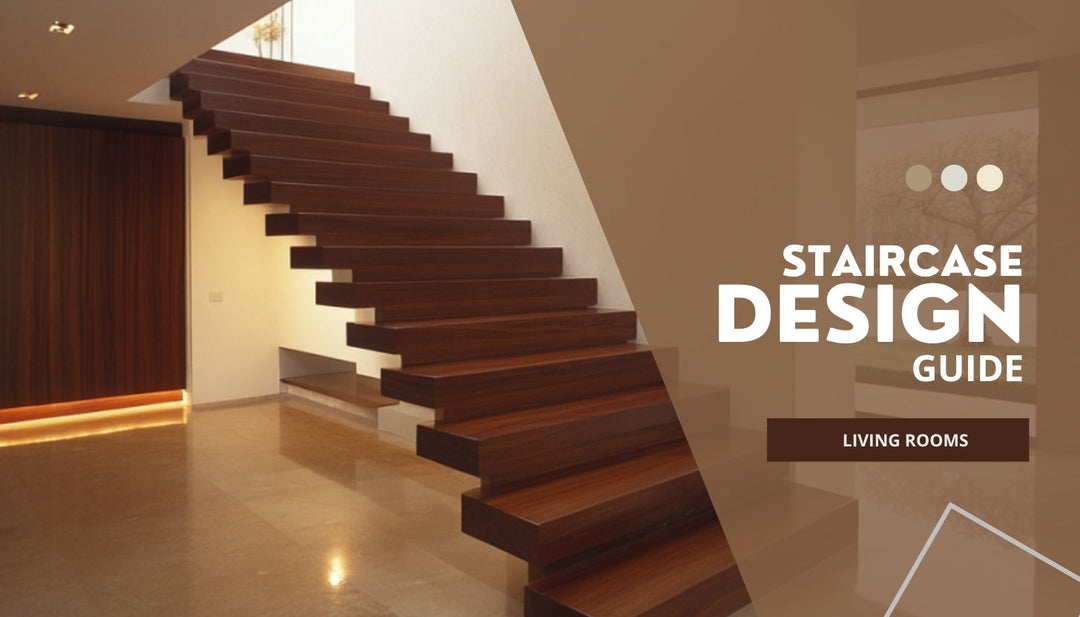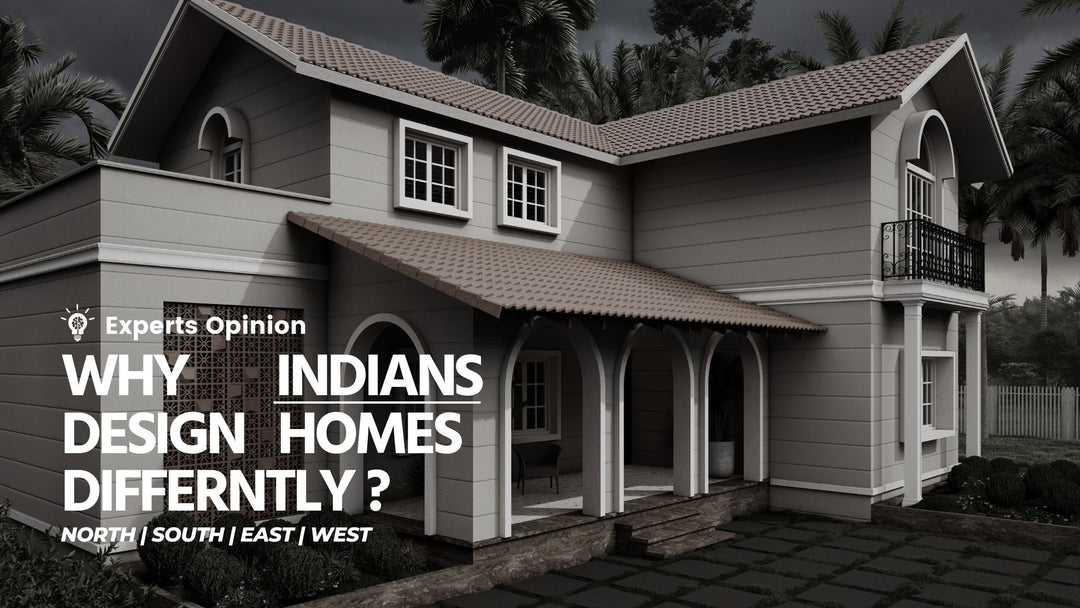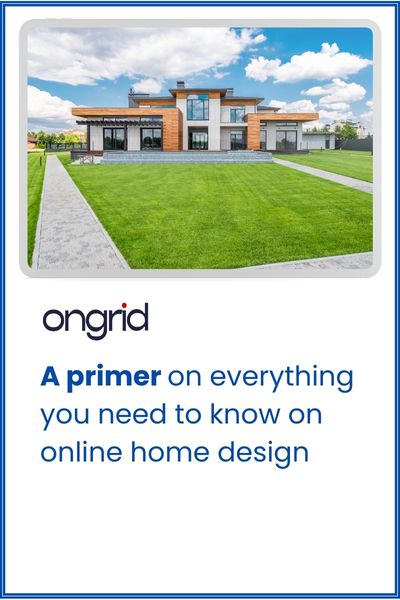Revamp Your Space with Textured Wall Paints: A Comprehensive Guide for Modern Indian Homes
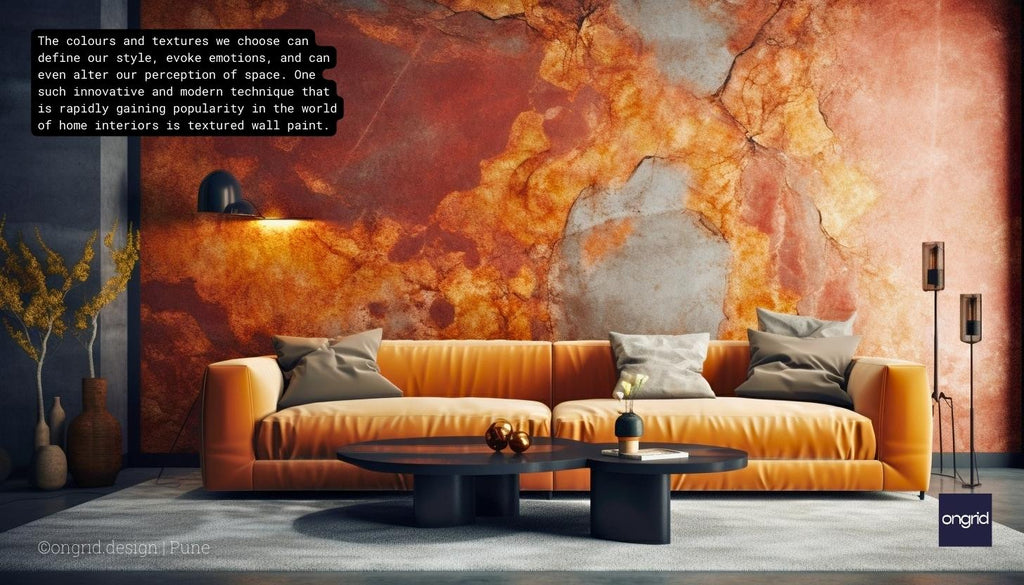 Exploring Textured Wall Paints: A Comprehensive Guide for Modern Indian Homes
Exploring Textured Wall Paints: A Comprehensive Guide for Modern Indian Homes
|
Understanding Textured Paints
Uncover the basics of textured paint and its application. |
|
The Benefits of Textured Paint
Explore the various advantages of opting for textured paint. |
|
How to Choose the Best Textured Paint for Your Walls
Discover how to select the perfect textured paint to match your style and home decor. |
|
Comparing Textured Paint with Other Wall Treatments
Understand how textured paint stacks up against other popular wall treatments. |
|
Applying Textured Paint
Step-by-step guide to applying textured paint like a pro. |
|
The Cost of Textured Paint
A comprehensive overview of the cost implications of textured paint. |
|
Caring for Your Textured Walls
Insightful tips to help you maintain the beauty and longevity of your textured walls. |
|
Textured Paint Ideas for Different Rooms
Creative ideas to use textured paint in various rooms for stunning visual effects. |
|
Conclusion
Summing up the exciting journey into the world of textured paints. |
Enjoy reading this post? Make sure to check out our other blog posts on open floor plans, creating the perfect home office, and more at Ongrid Design!
Decorating our homes is a personal and intricate task. The colors and textures we choose can define our style, evoke emotions, and can even alter our perception of space. One such innovative and modern technique that is rapidly gaining popularity in the world of home interiors is textured wall paint. This article aims to be a comprehensive guide, exploring the world of textured paints, helping you make an informed decision for your next home renovation project.
Understanding Textured Paints
Textured paint, as the name suggests, is a type of paint that, upon drying, leaves a distinctive and tactile texture on the walls. Unlike traditional paint that results in a flat and smooth finish, texture paint adds a new dimension to your walls, creating a unique visual interest and depth.
Textured paints come in a variety of styles, offering finishes such as popcorn, sand, or even more sophisticated options like the Asian Paints Royale Play or Berger Texture Paint. These paints can add character and drama to a room, creating an aesthetic appeal that is often impossible to achieve with regular paints.
Texture paint not only adds aesthetic value but also helps in hiding imperfections on your walls. Any bumps, cracks, or other minor wall damages can be conveniently masked using textured paints, thus providing you with an economical solution to wall repairs.
Whether you're looking to incorporate a rustic texture wall in your living room or considering an exterior texture paint to elevate your home's curb appeal, the possibilities with textured paints are nearly endless. From cement texture paint that gives an industrial look to a wooden texture paint that imparts a warm and cozy feel, there's a world of textures for you to choose from!
But how does one choose the right textured paint? Is there a 'best' texture paint for walls? Let's find out in the next section. Stay tuned as we delve deeper into the world of textured paints.
The Benefits of Textured Paint
So, why exactly should you consider texture paint for your home interiors? Here are a few compelling reasons:
- Visual Appeal: Textured paint creates an appealing play of shadows and light on your walls, adding depth and a captivating aesthetic.
- Durability: Textured paints are more durable than regular paints. They are resistant to damage from minor impacts and are less likely to peel or chip over time.
- Conceals Imperfections: As mentioned before, textured paint can cover flaws in the wall, such as dents, cracks, or uneven surfaces, eliminating the need for costly and time-consuming repairs.
- Unique and Customizable: With a plethora of designs available, from Royale Play designing to Asian Paints texture, and the ability to create custom patterns, textured paints allow you to create a truly unique look.
How to Choose the Best Textured Paint for Your Walls
Choosing the right texture paint for your walls can seem daunting, given the numerous options available. Here are a few pointers to guide you:
- Consider the Room: Different rooms might benefit from different textures. For example, a rustic texture paint could work well in a living room or bedroom, creating a cozy and warm atmosphere. In contrast, a sleek metallic finish like Royale Play Metallic might be more suited to a modern kitchen or office.
- Think About Maintenance: Textured walls can be a bit more challenging to clean, so consider the room's usage. High-traffic areas might benefit from textures that don't trap dust and are easier to clean.
- Lighting: Lighting can dramatically affect the look of a textured wall. Natural light can highlight textures, while artificial light can create interesting shadows. Experiment with light to decide the best fit for your room.
- Professional Consultation: If in doubt, professional advice is always a good idea. Companies like Ongrid Design, with over 20 years of experience, can provide expert recommendations tailored to your specific needs.
In the next section, we will compare textured paint with other wall treatments such as wallpaper and regular paint, and see why textured paint could be a better choice for your walls.
Comparing Textured Paint with Other Wall Treatments
When planning a room makeover, it's worth considering all your options. So how does textured paint stack up against alternatives like wallpaper and regular paint?
- Versatility: Unlike wallpapers that come with predetermined patterns and colors, textured paints are incredibly versatile. From wooden texture paint to concrete texture paint, you can create a myriad of styles. If you fancy a change, you can simply paint over the existing texture.
- Durability: As compared to regular paint, textured paint tends to be more resilient to wear and tear. It's great for high-traffic areas where regular paint might easily get scratched or chipped.
- Easy to Repair: Damaged wallpaper can be a headache to repair as you need to perfectly match the pattern. On the other hand, repairing textured paint is often simpler.
- Cost-Effective: Although the initial cost of textured paint might be higher than regular paint, it's often more cost-effective in the long run due to its durability and low maintenance.
Applying Textured Paint
Applying textured paint is slightly different than applying regular paint. Here are some tips to ensure you get the best results:
- Choose the Right Tools: Specific tools are designed for applying textured paint, such as textured paint rollers or trowels. The choice of tool can affect the pattern and end result, so be sure to select the right one for your desired effect.
- Prepare Your Walls: As with any paint job, preparation is key. Ensure the wall is clean, dry, and free from loose particles. If you're painting over a dark color, you might need to apply a primer first.
- Follow Manufacturer Instructions: Different brands and types of textured paint may have specific application instructions. Always follow the manufacturer's guidelines for the best results.
The Cost of Textured Paint
How much does texture paint cost? Is it expensive? The cost of textured paint can vary based on the brand, type, and the area to be covered.
Textured paint costs can vary depending on a number of factors, including the brand, the type of texture, and the area to be covered. On average, you might expect to pay anywhere from ₹40 to ₹80 per square foot for materials and labor. However, it's always best to get a specific quote based on your individual project.
- Price of Texture Paint: For example, the price of texture paint in a 1-liter can or a 20kg bucket can range significantly depending on the brand and type. A can of Asian Paints texture paint may cost differently from a can of Dulux or Berger texture paint.
- Cost per Square Foot: The total cost will also depend on the area to be covered. Professionals usually charge per square foot, so it's important to calculate your space correctly.
- Labor Costs: Don't forget to factor in the cost of hiring a professional, unless you're planning to do it yourself.
- Maintenance Costs: Textured walls may need occasional touch-ups or cleaning, which could add to the overall cost over time.
Despite these costs, many homeowners find that the unique aesthetics and durability of textured paint are well worth the investment.
Caring for Your Textured Walls
Once your textured walls are in place, you may wonder how to keep them looking their best. Here's what you need to know:
- Washing Textured Walls: Yes, most textured paints are washable. However, it's recommended to use a sponge or soft cloth and mild detergent. Avoid harsh scrubbing, as this could damage the texture.
- Waterproof Qualities: Many texture paints, especially those designed for exteriors, have waterproof properties. They can withstand rain and other weather elements, making them a great choice for outdoor areas. However, specific waterproofing may be required for areas with high moisture, such as bathrooms.
- Repairs and Touch-ups: If your textured wall gets damaged or stained, a small touch-up can often fix the issue. Just remember to use the same technique and tools as you did when first applying the paint to ensure a consistent look.
Textured Paint Ideas for Different Rooms
Now let's explore some ideas for using textured paint in various rooms:
- Living Room: As the centerpiece of your home, your living room can truly shine with textured walls. A grey paint texture can lend a sophisticated, modern look, while something like Royale Play Asian Paint might add a luxurious feel.




- Bedroom: Your bedroom is your sanctuary, and textured paint can enhance its cozy atmosphere. Consider a white texture paint for a serene, calming effect or perhaps a rustic texture wall for a warm, inviting feel.




- Exterior Walls: Don't forget about the outside of your home. An exterior texture paint, like stone or brick texture paint, can enhance your home's curb appeal and stand up to the elements.



Remember, the possibilities with textured paint are virtually endless, allowing you to create a unique look that truly reflects your personal style.
Comparing Textured Paint with Other Wall Treatments
Is texture paint better than wallpaper or regular paint? The answer depends on your specific needs and tastes.
Texture paint offers a three-dimensional effect that regular paint can't match. It can hide wall imperfections and add unique character to your space.
On the other hand, wallpaper provides an array of patterns and designs that are hard to achieve with paint. However, wallpaper may not be as durable, and it can be difficult to remove.
Ultimately, the choice comes down to your personal preference, the style of your home, and your budget.
Conclusion
Whether you're renovating your home or starting from scratch, textured wall paint can add a unique and stylish touch to your space. From the sophisticated Royale Play Asian Paint to rustic texture walls, there are countless options to match any design preference. Remember, while textured paint may be a bit pricier than regular paint, its ability to transform your space and hide imperfections makes it a worthy investment.
Interested in exploring textured paint for your home? Contact the certified professionals at Ongrid Design. With over 20 years of experience in residential projects, we can help you select the perfect texture paint for your space and provide expert application services.
Let us transform your home with the magic of textured paint! Contact us today for a consultation.
I hope you find this suggested content helpful for your blog post!








